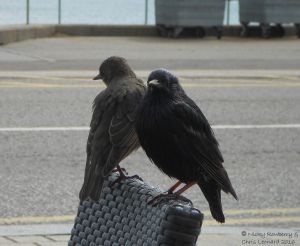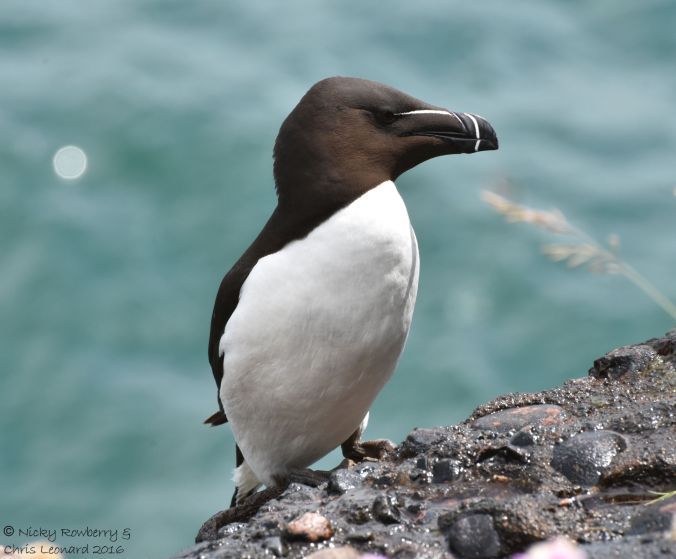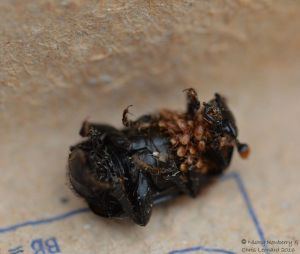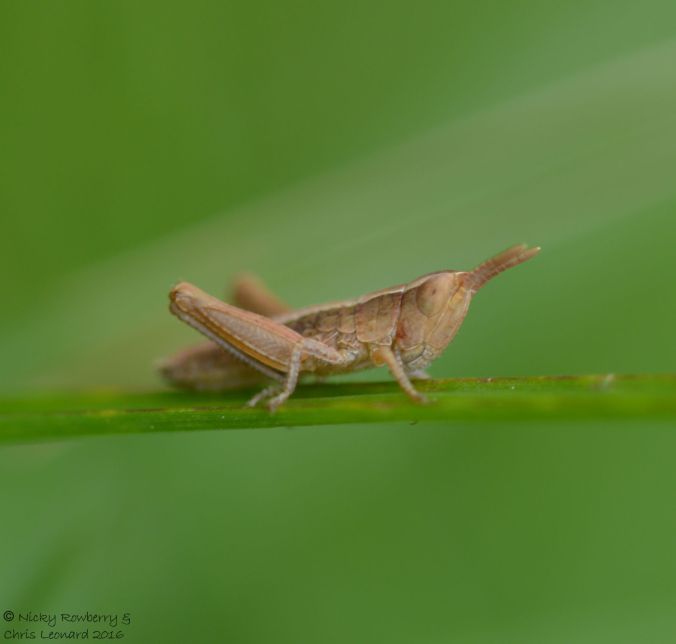 So it’s Day 30 and the final day of the 30 Days Wild Challenge. It’s been a fantastic month, with a wide variety of activities. I’ll probably do a bit of a review of it all in a couple of days, but for the time being, here is the final blog post of the challenge. Day 30 started for us with a kebab in the early hours of the morning – pretty wild for us to be out that late these days and we saw all sorts of “wildlife” staggering the street, but I won’t go into that here!
So it’s Day 30 and the final day of the 30 Days Wild Challenge. It’s been a fantastic month, with a wide variety of activities. I’ll probably do a bit of a review of it all in a couple of days, but for the time being, here is the final blog post of the challenge. Day 30 started for us with a kebab in the early hours of the morning – pretty wild for us to be out that late these days and we saw all sorts of “wildlife” staggering the street, but I won’t go into that here!
After the slight excesses of last night we’ve been having a quiet time for the final day of 30 Days Wild. We went out to the Bridge of Feugh on Deeside near Banchory in Aberdeenshire. This is a beautiful place where, at the right time of the year, you can see the salmon leaping as they head upstream for their spawning. Of course we were there at the wrong time of the year, so no salmon jumping, but it was beautiful nonetheless.
Chris had a go at taking arty style photos where you use a long exposure to blur the water. The result was pretty good for a first attempt.
The whole of Deeside is a stunning area, it was just a shame we didn’t have longer to explore today.
The Feugh is only a small river but the power of the water rushing over the rocks was incredible. The sound felt like it was all around us as we stood on the bridge watching the water – very hypnotic. The brief clip hopefully gives some idea of the sound of the rapids.
So that’s our last wild activity for 30 Days Wild. We may not have been very wild ourselves today, but it felt like we were out in the Scottish wild by the river. It seemed a fitting end to the month. It may be officially the end of 30 Days Wild, but we’ll definitely be trying to include as much “wildness” as we can from now on – which I guess was the whole idea – result!
This is a bit of an addendum to my original Day 30 of 30 Days Wild post, as after I’d written the original piece, we drove over to Chris’s brother’s and spotted some quintessential Scottish Wildlife. The Red Deer were actually farmed animals, but they were so beautiful and the stags so impressive, we couldn’t resist taking photos.
We then saw a pair of pheasants – the male of course resplendent next to his slightly dowdier female.
But the most amazing sight was this genuinely wild female Roe Deer (actually seen early morning the next day), grazing in the field next door. She stayed there for 5 minutes or so until she spotted Chris and his camera and bolted for the woods. A truly beautiful creature and wonderful for her to be the last thing we saw on our Scottish holiday and also the final thing for 30 Days Wild – absolutely the perfect ending!
The final weed for 30 Lazy Garden Weeds is this Willow Herb – I think it’s the Broad Leaved one. I’ve gone through the 30 weeds in no particular order, so it’s not like I’ve saved the Willow Herb to last deliberately. This one is more delicate than some of its showier cousins like the Rose Bay Willow Herb, but I prefer its subtlety. All the 30 weed species I’ve featured here have a place in our garden. They all provide something – ground cover, shelter and hiding places, nesting material, colour and beauty, seeds for birds, food for insects – even food for us in the case of the brambles. The more diverse the weed flora, the more diverse the rest of the wildlife. Seems like a Win-Win to me!



























































































 Day 23 of 30 Days Wild and it’s starting to feel like we’re on the home run – only a week to go! Once again the car is in the garage, so I was restricted this afternoon to the home turf – quite literally. I decided to get down and see what we’d got in the grass! Not being ones for a pristine lawn, our “grassy areas” are far from a uniform monoculture of one species. We do mow them occasionally, so I’ve at least got somewhere to sit with a glass of wine, but generally they are left to do their own thing.
Day 23 of 30 Days Wild and it’s starting to feel like we’re on the home run – only a week to go! Once again the car is in the garage, so I was restricted this afternoon to the home turf – quite literally. I decided to get down and see what we’d got in the grass! Not being ones for a pristine lawn, our “grassy areas” are far from a uniform monoculture of one species. We do mow them occasionally, so I’ve at least got somewhere to sit with a glass of wine, but generally they are left to do their own thing.











